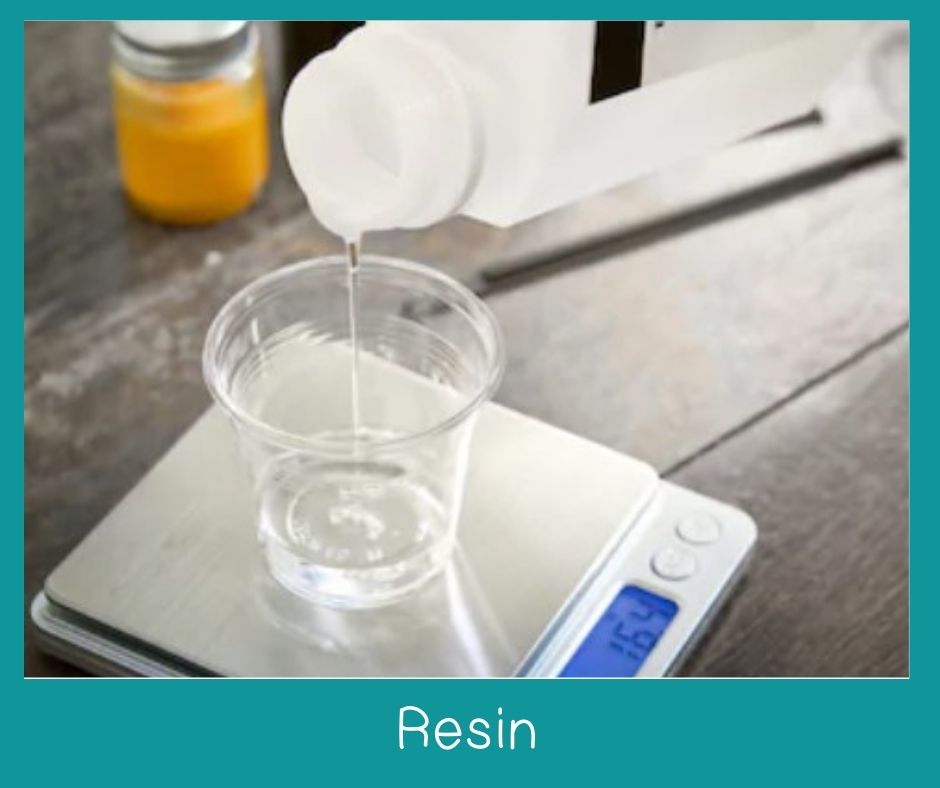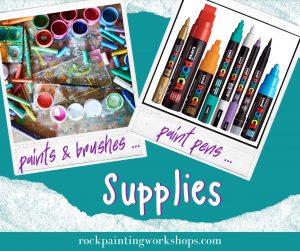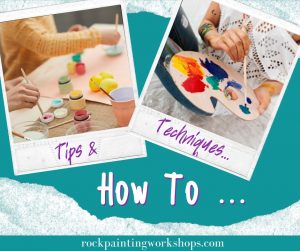

Take what we say and research for yourselves on the internet. We have set out topics below that you can cover in your research. And research information from non biased writers – not craft companies selling you their product. Look at product safety Data sheets. And know that even the most popular resin craft company is offering you the same advice we give below – just in a positive manner so you miss the warnings.
Let’s chat Resin … Love Anne & Fran
Epoxy resins and their hardeners are complex chemical compounds which in some cases can cause injury if they are not handled properly. They are two different things – RESIN & HARDENER Mixing the two together prompts a chemical reaction, transforming them from a liquid into a solid. Most epoxy resin products on the market are classified as hazardous. They are highly toxic and meant to be used in industrial applications with heavy duty respirators, protective eyewear and hazmat clothing. They cannot be shipped by air for safety reasons, and in most cases are flammable. – FACTS – you can google it, but we recommend researching the subject not following one art blog such as ours to base your opinion, follow data safety sheets and google what they mean. The trick is to read unbiased facts and opinions.
You can be exposed in three ways
- by mouth (orally )
- through the skin (dermal)
- by breathing (inhalation) of vapours or dust
ORAL – Generally, one could say that the pure epoxy resins are considered low-risk as damage caused by ingestion of epoxy resin can be considered minor. The hardeners used in current times are much more the issue. So low risk, but if you work with resin please know what to do if it was ingested by anyone as it is dangerous.
DERMAL -Skin contact is usually where problems arise. It can be an irritant, which can give toxic eczema, or sensitizer, leads to allergic contact dermatitis. Many hardeners have aliphatic poly amines that cause the most skin lesions. It is strongly alkaline and can cause irritation and burns. Damage caused by amines can prepare the skin for epoxy eczema.
INHALATION – Inhalation of epoxy resins do not cause many problems on their own as they are not volatile when separate . The Hardener usually has a pungent odour that can cause respiratory irritation that on its own or mixed together – this is when the issues occur.
Environment – Most uncured epoxies and curing agents are toxic or harmful to aquatic organisms and may cause long term adverse effects in the aquatic environment. Do not throw uncured residues in household rubbish. This includes your cups and stirrers; uncured residue shall be submitted as hazardous waste at the nearest waste facility. If the resin is cured it is regarded as harmless.
Ventilation in the work area should be as good as possible. Have a dedicated area and avoid using areas in your house exposed to others. Use tools specially for the use of epoxy work, keep them clean and do not use them for other things.
Personal Protection Hands, wrists, face and eyes are the most exposed places. These parts of the body must be protected from contact with the epoxy material. You also need to protect the body, legs and arms. Gloves are available in many types and qualities, grab nitrile gloves, change them with any sign of damage. It is convenient to use a thin cotton glove under the plastic gloves. At the risk of splashing when mixing, face protection ( face shield ) or goggles ( tight fitting ) must be used.
Sanding – While sanding hardened epoxy, carbon filter masks and dust filter class P3 must be used. Working on large pieces, a mask used in combination with an extractor fan is recommended. Never breathe the sanding dust of partially cured epoxy. Epoxy chemicals remain reactive until they have cured. When you inhale these dust particles, they become trapped in the mucous lining of your respiratory system. The reactive material can cause severe respiratory irritation and/or respiratory allergies. Inexperience does not know when the combined Resin & Hardener has fully cured. We read so many crafters advising people to sand back some uncured resin on rocks and recoat!? This is very dangerous.
If your work clothing gets spills on them, they should be changed immediately and soiled and tattered gloves should be discarded.
Solvents should never be used to clean hands.
If you are interested in getting some advice from people using Resin but doing this safely join the Facebook group – Epoxy Resin is not my friend. They are not anti resin and neither are we, but we are firm in our position that Epoxy Resin needs to be used cautiously. Men in workplaces follow safety measures and wear equipment – Women on craft videos do not. Go discover more about resin and make up your own minds,



All you need to do is your homework to use resin in a safe manner – for you – your family and your pets.
This is the SDS of a well used resin brand with rockers – all the suggestions of the company are not being followed as they like to use catch word like – SAFE in HOME but do not tell you it is only safe when you follow these directions.
Safety Data Sheet
1. clear safety warning of what to do in a spill
2.DO NOT get in eyes, on skin or clothes – this tells you to be fully covered right ?
3. Work in a WELL VENTILATED area – this is usually not your kitchen table.
4.Wear PROTECTIVE equipment
5. Chemical Cartridge Respirator in a non ventilated area.
6. Splash proof chemical goggles – not heard of a rocker yet that suggests they do this.
Category 2 – Hazard Clarification
Repeated and prolonged exposure may cause skin sensitisation
Use ONLY in a well ventilated area
if not wear respiratory protection.
Wear protective clothing, eye & face protection !
Dispose of the contents container in accordance will local regulations – Do you know what yours is?
First Aid recommendations if you DO NOT use the product as they intended you too. This means you are wear suits, face masks, eye protection – right? because it tells you to above.
Medical conditions aggravated by exposure – Allergy or skin conditions
Promptly remove wet clothing – so if you spill it on you -REMOVE immediatly.
So to get a clear cut SDS from the company it is on their website – they just choose not to word any of this in their description.

Our Supplies page is HERE to read up on everything you need to paint Rocks.
Learn heaps of different techniques on how to paint rocks – Right HERE
We are adding new tutorials all the time CLICK HERE for heaps of new ideas











